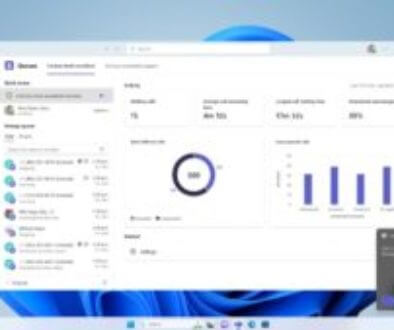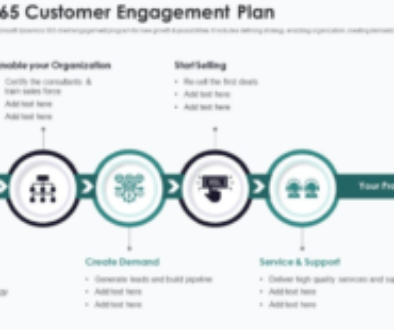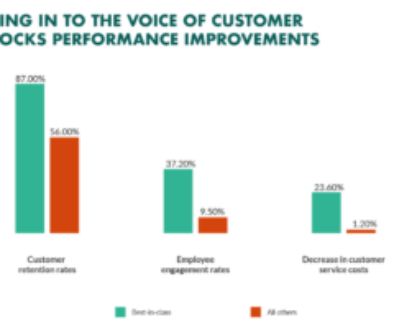Introduction
At Lambert Consulting, we help companies integrate contact centers with Microsoft Teams, to optimize communications and the customer experience. Microsoft's recent announcement of the Unify model marks a key milestone, offering a new, more immersive and powerful approach to integration. Unify is the successor to a long-standing theoretical concept known as Power.
Why integrate a Contact Center with Teams ?
- Centralized experience: agents access all tools (calls, chats, videoconferences, CRM) in the Microsoft Teams environment.
- Cost reduction: Rationalization of systems and lower maintenance costs.
- Enhanced productivity: automated workflows and better management of customer interactions.
- Security and compliance : Teams benefits from Microsoft 365 's high standards of security and compliance (encryption, RGPD, auditing).
The Three Models of Contact Center Integration with Teams
Microsoft offers three integration models, each corresponding to a different level of immersion:
- Unify: native integration of Teams experiences into CCaaS solutions via an SDK based on Azure Communication Services (ACS).
- Extend: Extend functionalities via Azure Bots and Graph Communication APIs (presence, call routing).
- Connect : Connect an external CCaaS solution to Teams via Direct Routing and certified SBC .
Note: As you've probably gathered by now, Microsoft's Unify contact center model has no connection whatsoever with Siemens' former Unify UC solution. They are two completely separate technologies.
Power and Unify: From Theory to Reality
The Power model was listed for several years as "Coming Soon" on the Microsoft certification page. It was planned as the third CCaaS integration model with Teams, but **never materialized or certified**.
With the announcement of Unify, Microsoft has **taken up the original intent of Power**, while **modernizing the architecture** :
- UseAzure Communication Services (ACS) to manage calls and interactions.
- Introduction of the ACS SDK to integrate Teams directly into CCaaS solutions.
- Support for advanced AI (OpenAI, Microsoft Cognitive Services).
- Implementation of the Dual Persona mechanism for separate management of CCaaS and Teams calls.
The Unify model makes the Power concept a reality, with **certification open since 2025** and enhanced functionalities.
What is THE Unify MODEL?
The Unify integration model enables CCaaS vendors to develop applications based on :
- Azure Communication Services (ACS) for call flow automation and control.
- The ACS SDK to drive telephony integration in their solutions.
- Artificial intelligence features: conversational AI, predictive analysis, intelligent routing.
- Dual Persona mechanism: separates CCaaS and Teams call flows on the agent interface, without interference.
Visit the Unify certification page
Specialist Focus: SBC AudioCodes and Direct Routing with the Unify model
Interoperability and telephone security
Despite Unify's advanced integration, SBC AudioCodes are still essential to ensure :
- Connection between Teams and the PSTN via Direct Routing.
- RTP/SIP flow security thanks to TLS/SRTP encryption and protection against SIP attacks.
- Quality of service (QoS) with precise monitoring of RTP flows, integrated with Microsoft's Call Quality Dashboard.
Complementarity with the Unify model
Although some internal streams can be managed directly via the Graph API with Unify, SBC AudioCodes** remains indispensable for :
- External calls to PSTN or other SIP networks.
- Guarantee resilience and interoperability of communications in hybrid environments.
Conclusion
With Unify, Microsoft offers a cloud CCaaS integration with Teams, designed for contact center agents. This model is based on Azure Communication Services (ACS) and Teams Phone Extensibility, enabling customer interactions to be nested directly within Teams, without the need for Direct Routing for these flows.
However, in the majority of companies, conventional Teams telephony remains essential for employees outside the contact center. For these users, external calls (to the PSTN) continue to transit via Direct Routing, requiring the use of a certified SBC , such as AudioCodes SBC , to :
-
Guarantee interconnection with the telephone network.
-
Ensure security (TLS/SRTP) and quality of service (QoS).
So even with Unify for CCaaS agents, an SBC is still essential for managing other employees' Teams telephony.
At Lambert Consulting, we have mastered these hybrid architectures, integrating contact center solutions based on the Unify model(Nimbus Luware, Dynamics 365 Customer Service, Contact Center, etc.) while optimizing Direct Routing with SBC AudioCodes for employee telephony.
Contact us to deploy a solution tailored to your organization!
Let's go further together!
When challenges are difficult to handle internally, it is best to call in a specialist. An external assessment can be of great help. It will be able to guide you in the realisation of your project and give you recommendations.



